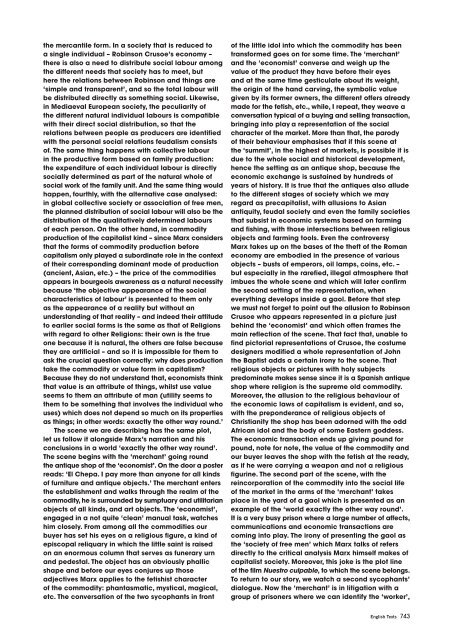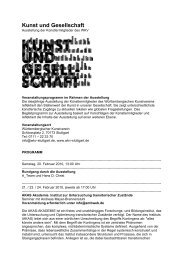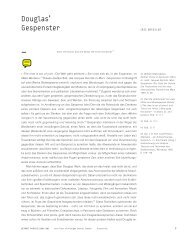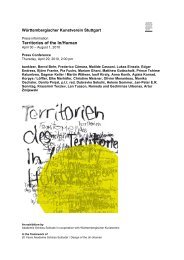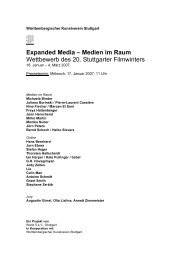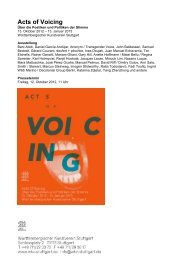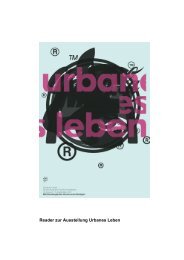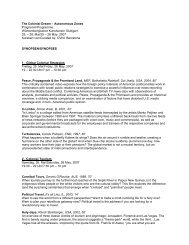English Texts
English Texts
English Texts
You also want an ePaper? Increase the reach of your titles
YUMPU automatically turns print PDFs into web optimized ePapers that Google loves.
the mercantile form. In a society that is reduced to<br />
a single individual – Robinson Crusoe’s economy –<br />
there is also a need to distribute social labour among<br />
the different needs that society has to meet, but<br />
here the relations between Robinson and things are<br />
‘simple and transparent’, and so the total labour will<br />
be distributed directly as something social. Likewise,<br />
in Mediaeval European society, the peculiarity of<br />
the different natural individual labours is compatible<br />
with their direct social distribution, so that the<br />
relations between people as producers are identified<br />
with the personal social relations feudalism consists<br />
of. The same thing happens with collective labour<br />
in the productive form based on family production:<br />
the expenditure of each individual labour is directly<br />
socially determined as part of the natural whole of<br />
social work of the family unit. And the same thing would<br />
happen, fourthly, with the alternative case analysed:<br />
in global collective society or association of free men,<br />
the planned distribution of social labour will also be the<br />
distribution of the qualitatively determined labours<br />
of each person. On the other hand, in commodity<br />
production of the capitalist kind – since Marx considers<br />
that the forms of commodity production before<br />
capitalism only played a subordinate role in the context<br />
of their corresponding dominant mode of production<br />
(ancient, Asian, etc.) – the price of the commodities<br />
appears in bourgeois awareness as a natural necessity<br />
because ‘the objective appearance of the social<br />
characteristics of labour’ is presented to them only<br />
as the appearance of a reality but without an<br />
understanding of that reality – and indeed their attitude<br />
to earlier social forms is the same as that of Religions<br />
with regard to other Religions: their own is the true<br />
one because it is natural, the others are false because<br />
they are artificial – and so it is impossible for them to<br />
ask the crucial question correctly: why does production<br />
take the commodity or value form in capitalism?<br />
Because they do not understand that, economists think<br />
that value is an attribute of things, whilst use value<br />
seems to them an attribute of man (utility seems to<br />
them to be something that involves the individual who<br />
uses) which does not depend so much on its properties<br />
as things; in other words: exactly the other way round.’<br />
The scene we are describing has the same plot,<br />
let us follow it alongside Marx’s narration and his<br />
conclusions in a world ‘exactly the other way round’.<br />
The scene begins with the ‘merchant’ going round<br />
the antique shop of the ‘economist’. On the door a poster<br />
reads: ‘El Chepa. I pay more than anyone for all kinds<br />
of furniture and antique objects.’ The merchant enters<br />
the establishment and walks through the realm of the<br />
commodity, he is surrounded by sumptuary and utilitarian<br />
objects of all kinds, and art objects. The ‘economist’,<br />
engaged in a not quite ‘clean’ manual task, watches<br />
him closely. From among all the commodities our<br />
buyer has set his eyes on a religious figure, a kind of<br />
episcopal reliquary in which the little saint is raised<br />
on an enormous column that serves as funerary urn<br />
and pedestal. The object has an obviously phallic<br />
shape and before our eyes conjures up those<br />
adjectives Marx applies to the fetishist character<br />
of the commodity: phantasmatic, mystical, magical,<br />
etc. The conversation of the two sycophants in front<br />
of the little idol into which the commodity has been<br />
transformed goes on for some time. The ‘merchant’<br />
and the ‘economist’ converse and weigh up the<br />
value of the product they have before their eyes<br />
and at the same time gesticulate about its weight,<br />
the origin of the hand carving, the symbolic value<br />
given by its former owners, the different offers already<br />
made for the fetish, etc., while, I repeat, they weave a<br />
conversation typical of a buying and selling transaction,<br />
bringing into play a representation of the social<br />
character of the market. More than that, the parody<br />
of their behaviour emphasises that if this scene at<br />
the ‘summit’, in the highest of markets, is possible it is<br />
due to the whole social and historical development,<br />
hence the setting as an antique shop, because the<br />
economic exchange is sustained by hundreds of<br />
years of history. It is true that the antiques also allude<br />
to the different stages of society which we may<br />
regard as precapitalist, with allusions to Asian<br />
antiquity, feudal society and even the family societies<br />
that subsist in economic systems based on farming<br />
and fishing, with those intersections between religious<br />
objects and farming tools. Even the controversy<br />
Marx takes up on the bases of the theft of the Roman<br />
economy are embodied in the presence of various<br />
objects – busts of emperors, oil lamps, coins, etc. –<br />
but especially in the rarefied, illegal atmosphere that<br />
imbues the whole scene and which will later confirm<br />
the second setting of the representation, when<br />
everything develops inside a gaol. Before that step<br />
we must not forget to point out the allusion to Robinson<br />
Crusoe who appears represented in a picture just<br />
behind the ‘economist’ and which often frames the<br />
main reflection of the scene. That fact that, unable to<br />
find pictorial representations of Crusoe, the costume<br />
designers modified a whole representation of John<br />
the Baptist adds a certain irony to the scene. That<br />
religious objects or pictures with holy subjects<br />
predominate makes sense since it is a Spanish antique<br />
shop where religion is the supreme old commodity.<br />
Moreover, the allusion to the religious behaviour of<br />
the economic laws of capitalism is evident, and so,<br />
with the preponderance of religious objects of<br />
Christianity the shop has been adorned with the odd<br />
African idol and the body of some Eastern goddess.<br />
The economic transaction ends up giving pound for<br />
pound, note for note, the value of the commodity and<br />
our buyer leaves the shop with the fetish at the ready,<br />
as if he were carrying a weapon and not a religious<br />
figurine. The second part of the scene, with the<br />
reincorporation of the commodity into the social life<br />
of the market in the arms of the ‘merchant’ takes<br />
place in the yard of a gaol which is presented as an<br />
example of the ‘world exactly the other way round’.<br />
It is a very busy prison where a large number of affects,<br />
communications and economic transactions are<br />
coming into play. The irony of presenting the gaol as<br />
the ‘society of free men’ which Marx talks of refers<br />
directly to the critical analysis Marx himself makes of<br />
capitalist society. Moreover, this joke is the plot line<br />
of the film Nuestro culpable, to which the scene belongs.<br />
To return to our story, we watch a second sycophants’<br />
dialogue. Now the ‘merchant’ is in litigation with a<br />
group of prisoners where we can identify the ‘worker’,<br />
<strong>English</strong> <strong>Texts</strong> 743


